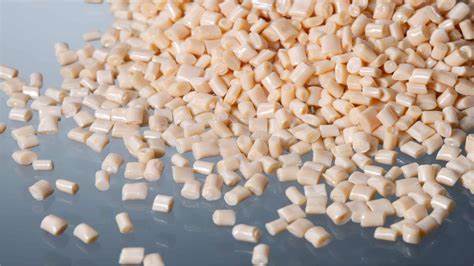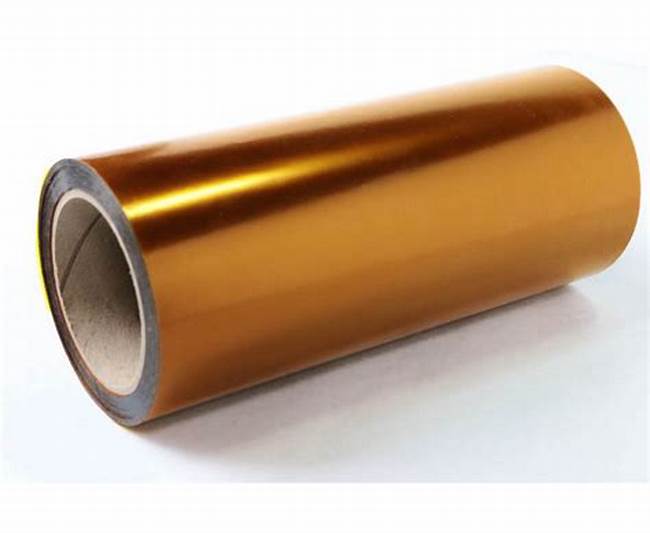Plastic knowledge
Heat-resistant plastics and their applications in the industries
Heat-resistant plastic are polymers that can withstand temperatures above 200°C without deforming, melting, or releasing toxic fumes. These materials are often used in applications that are frequently exposed to heat, such as automotive components, electronics, and cookware. Heat-resistant plastic are designed to maintain their structural integrity and performance under extreme temperature conditions, making them essential materials in various industries. This article will explore the types of Heat-resistant plastic and their applications in various industries.
I. Common types of heat-resistant plastics
1. PEEK
PEEK (polyether ether ketone) is one of the most common heat resistant plastic. PEEK can withstand temperatures up to 260°C (500°F). It is commonly used in applications such as medical devices, automotive components, and aerospace parts.
PEEK is known for its excellent mechanical strength, chemical and hydrolysis resistance. It also has low flammability and is resistant to radiation, making it an ideal material for applications that require durability and reliability.
In the medical field, PEEK is commonly used in implants and medical devices due to its biocompatibility and radiopaque properties. In the aerospace industry, it is used in parts that require high strength and lightweight properties.

2. PPS
Polyphenylene sulfide (PPS) is a high-performance engineering heat resistant plastic, known for its exceptional heat and chemical resistance. It is a semi-crystalline polymer that offers a combination of high strength, stiffness and dimensional stability, making it an ideal material for many applications. PPS plastic has a maximum temperature resistance of 218°C (424°F).
PPS is commonly used in industries such as automotive, electrical, and industrial where resistance to chemicals, solvents, and temperatures is highly valued. It is commonly used in the manufacture of components for fuel systems, electrical connectors, and industrial equipment.
One of the main advantages of PPS is its ability to maintain its properties at high temperatures. Additionally, PPS has excellent resistance, making it a reliable choice for parts that are subjected to repeated stress.

3. Polyimide
Polyimide is another heat resistant plastic that is widely used in high temperature applications. These materials can withstand temperatures up to 400°C (752°F) and are commonly used in the aerospace industry for insulation, as well as in electronic and automotive applications. A typical type of Polyimide is Katon resin.
One of the main advantages of polyimide is its thermal stability, making it an ideal material for applications that require high temperature resistance. It also has good chemical resistance, making it suitable for use in corrosive environments.
Polyimide is commonly used in the manufacture of flexible printed circuit boards, wire and cable insulation, and as a coating for various electronic components. Its high strength and excellent dielectric properties make it a popular choice for these applications.
In addition to industrial applications, polyimide is also used in the manufacture of high-performance films, adhesives, and coatings. Its flexibility and durability make it a valuable material in many industries.

4. Liquid Crystal Polymers
Liquid Crystal Polymers (LCPs) are a unique class of materials that exhibit both polymer and liquid crystal properties, and are also known for their heat resistance, with LCPs being able to withstand temperatures up to 300°C (572°F). LCPs are commonly used in high-temperature electrical and electronic applications, as well as in automotive and industrial components.
5. Other Heat Resistant Plastics
In addition to the specific heat resistant plastics above, there are many other materials with varying degrees of heat resistance, such as:
- Polyetherimide (PEI): withstands temperatures up to 180°C (356°F).
- Polyphenylsulfone (PPSU): withstands temperatures up to 180°C (356°F).
- Polytetrafluoroethylene (PTFE): has an operating temperature range of -200°C to 260°C (-328°F to 500°F).
- Polyetherketone (PEK): has an operating temperature range of -180°C to 260°C (-300°F to 500°F).
II. Applications of Heat Resistant Plastics
1. Aerospace industry
The aerospace industry relies heavily on heat resistant plastic to manufacture various parts of aircraft and spacecraft. These plastics are used in engine parts, interior panels, and structural components due to their lightweight nature and ability to withstand high temperatures during flight. heat resistant plastic also play an important role in insulating and protecting sensitive electronics on board.
2. Automotive Industry
In the automotive industry, heat resistant plastic are used in engine parts, under-hood applications, and interior parts. These plastics can withstand the high temperatures generated by engines and exhaust systems, making them ideal for use in
components such as intake manifolds, radiators, and fuel system components. Additionally, heat resistant plastic are used in internal components to withstand the high temperatures that can build up inside a vehicle on hot days.
3. Electronics Industry
Heat resistant plastic plastics are essential in the electronics industry because of their ability to protect sensitive electronic components from heat and provide insulation. These plastics are used in the manufacture of circuit boards, connectors, and housings for electronic devices. They also play an important role in the manufacture of electronic components for industrial and consumer electronics, where heat resistance is a key requirement.
4. Medical Industry
In the medical industry, heat resistant plastic are used in a variety of applications such as sterilization trays, surgical instruments, and medical device housings. These plastics can withstand the high temperatures and harsh chemical environments of sterilization, making them essential for ensuring the safety and effectiveness of medical devices. Heat-resistant plastics also play an important role in the development of medical devices that require the ability to withstand high temperatures during use.

